
The learning and teaching table addressing Industry 4.0 und Digitalization
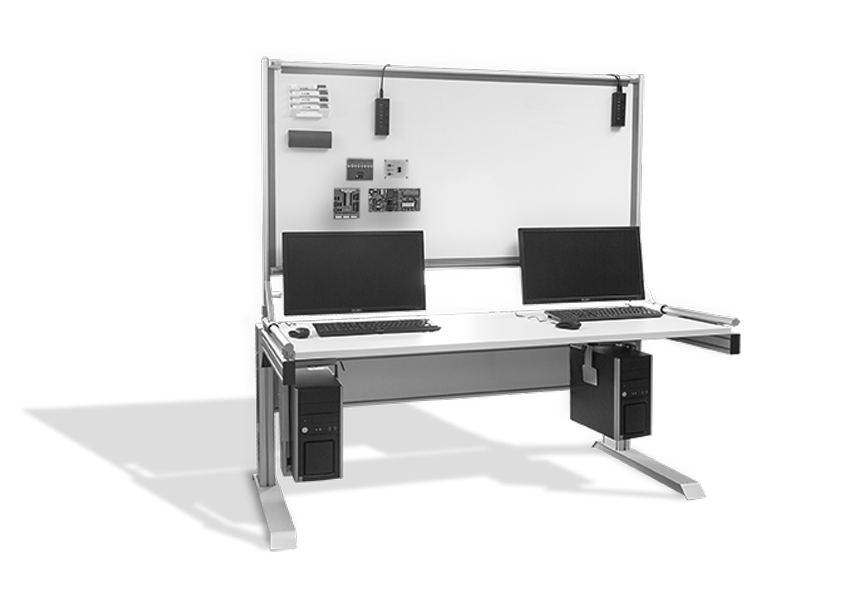
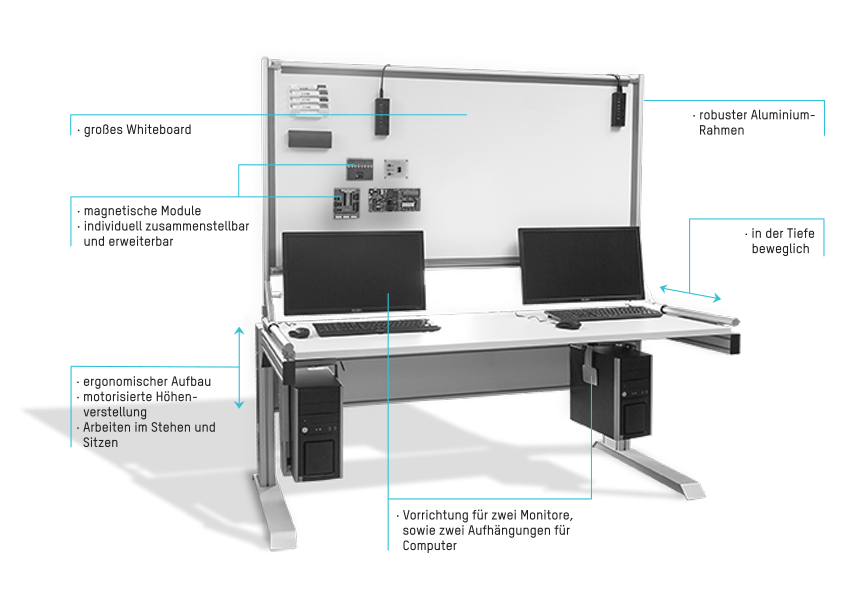
The edboard offers a variety of modules
The modules include various automation and networking components as well as sensors and actuators. The components can be selected from simple microprocessor-based modules like Raspberry Pi, Arduino etc. to industry-specific modules based on NI myRio or PLC Siemens S7. Individual modules can of course be created on request. The same with actuators, sensors, communication technology or other necessary devices which can be compiled or extended individually in a wide range of traffic lights, servo-motors, routers, power supplies, etc.
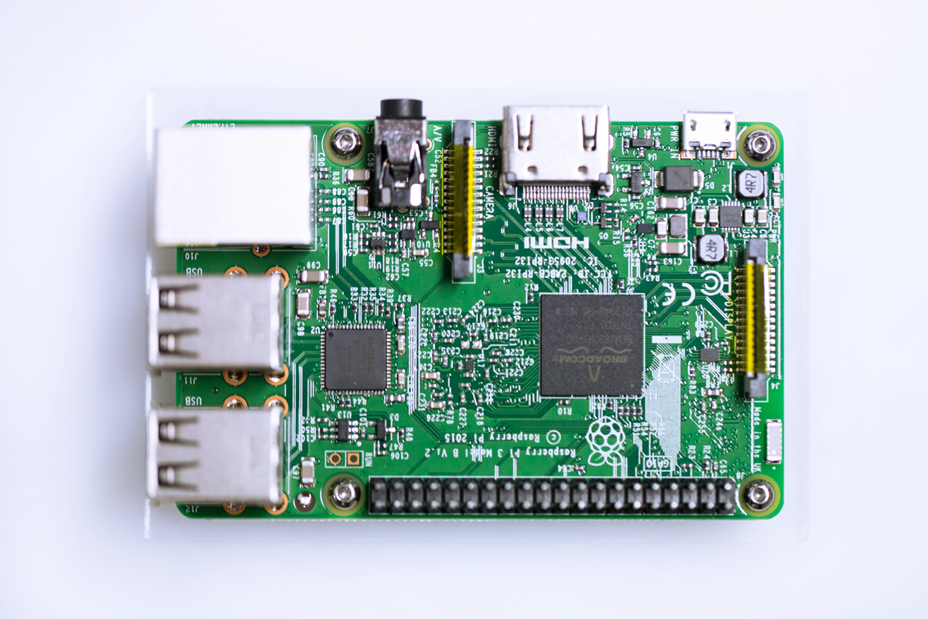
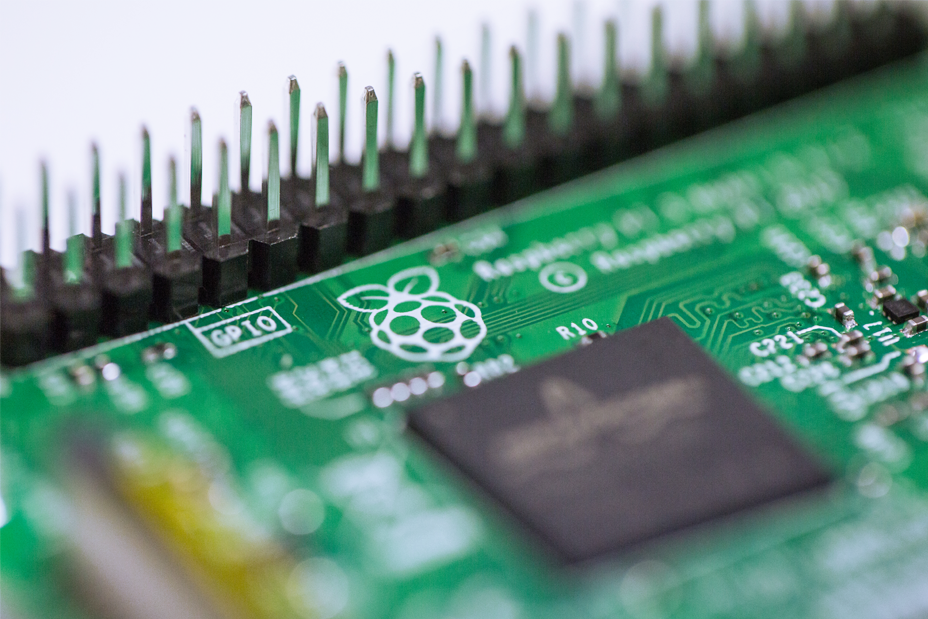
The Raspberry Pi is a single-board computer designed to facilitate the acquisition of programming and hardware knowledge.
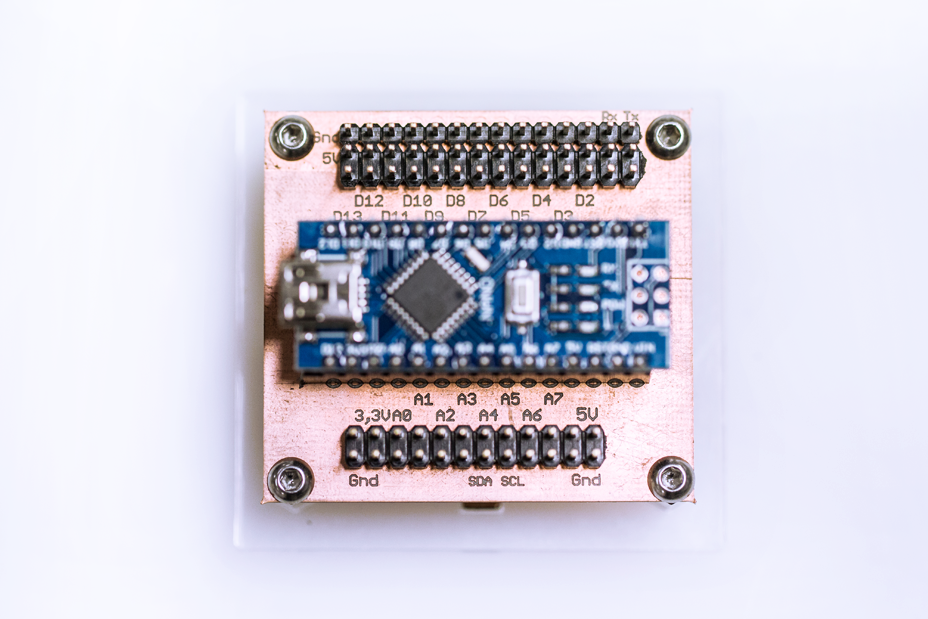
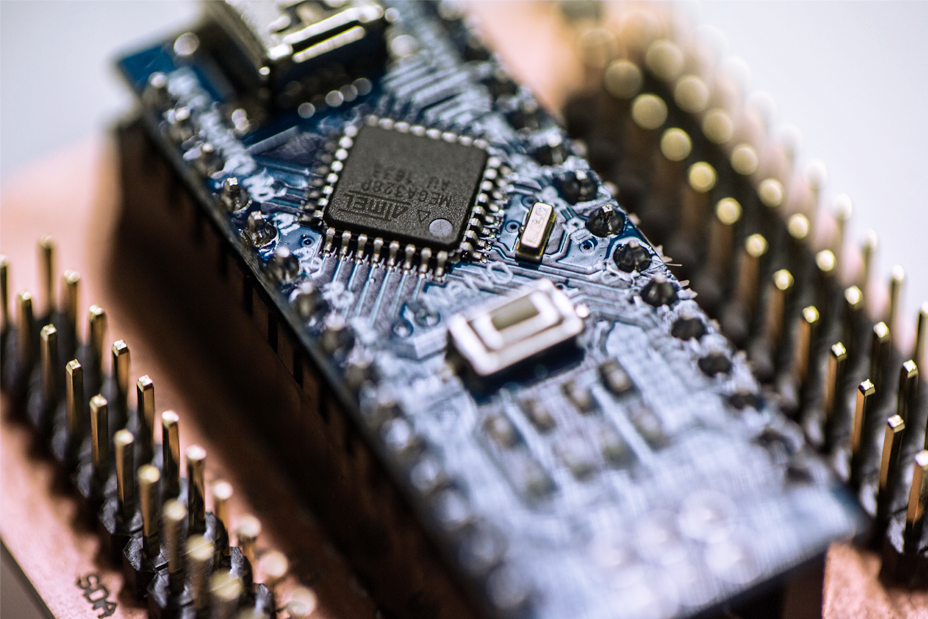
The Arduino Nano module represents a simple E/A-Board including a microcontroller and various inputs and outputs. The large community and the open source software with several examples are helpful for the first steps into the world of programming.
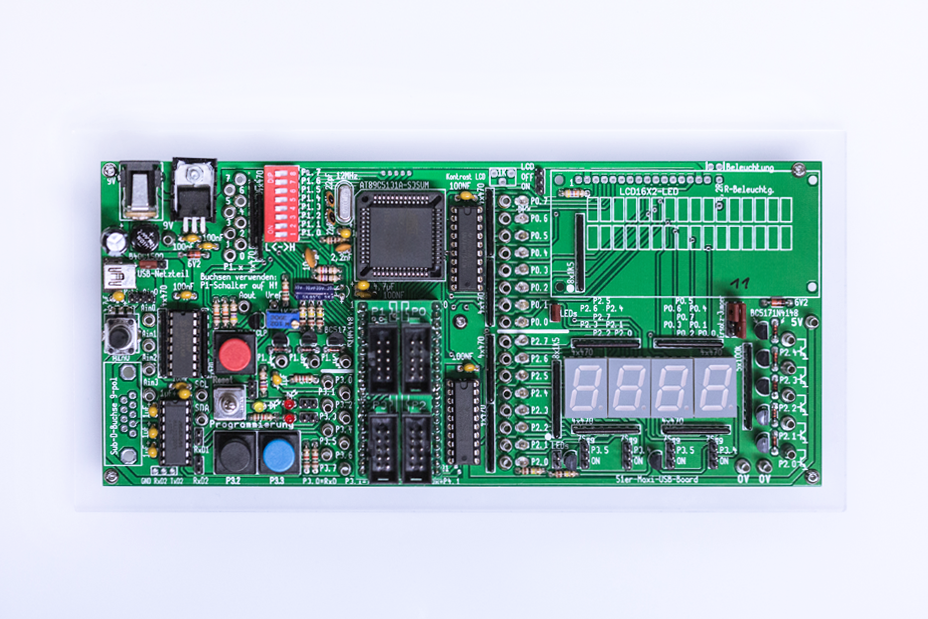
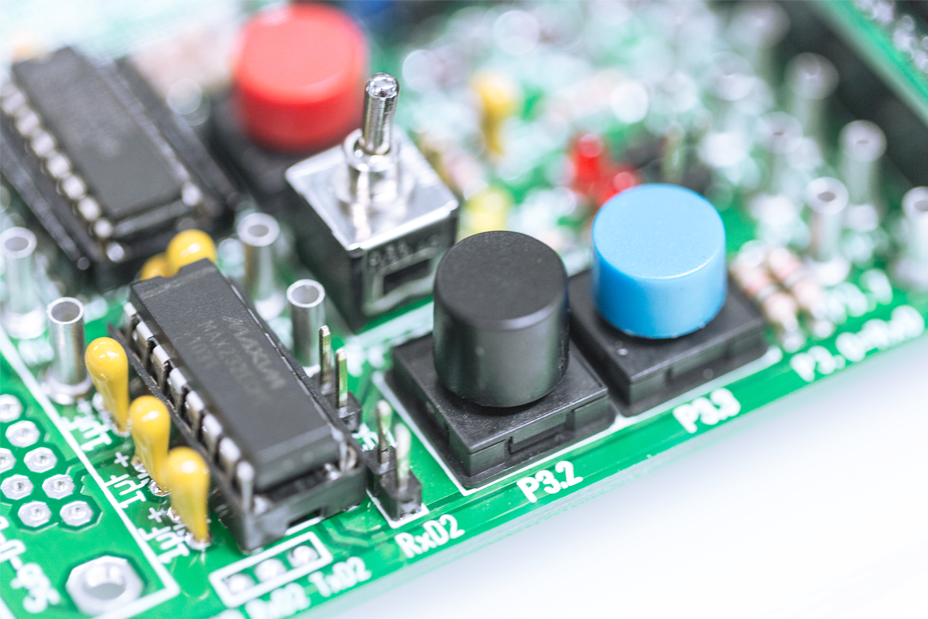
The "AT89C5131 Microprocessor Experiment Board (8051 family)" module is a simple I/O board with an ATMega and various analogue and digital inputs and outputs.
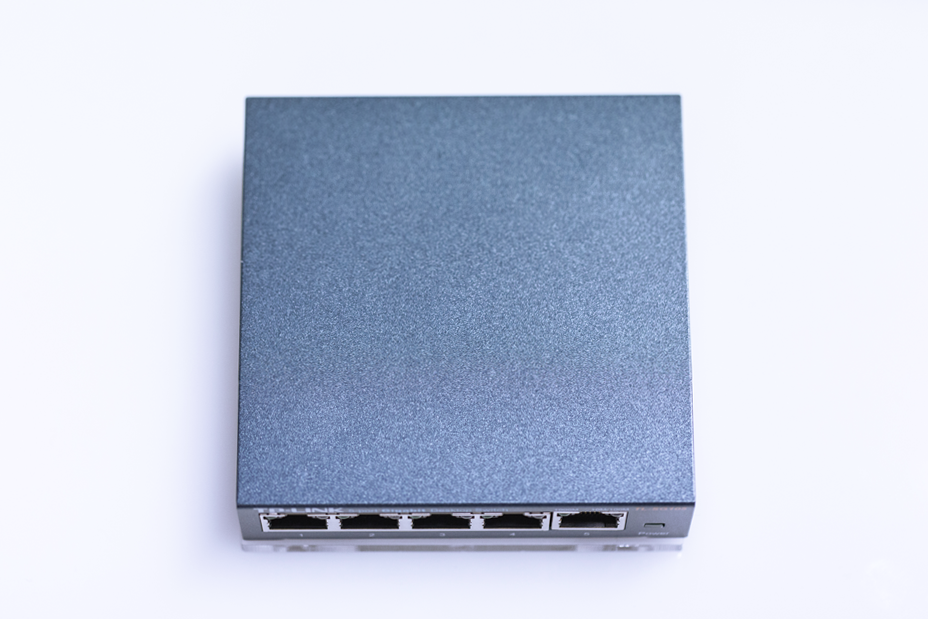
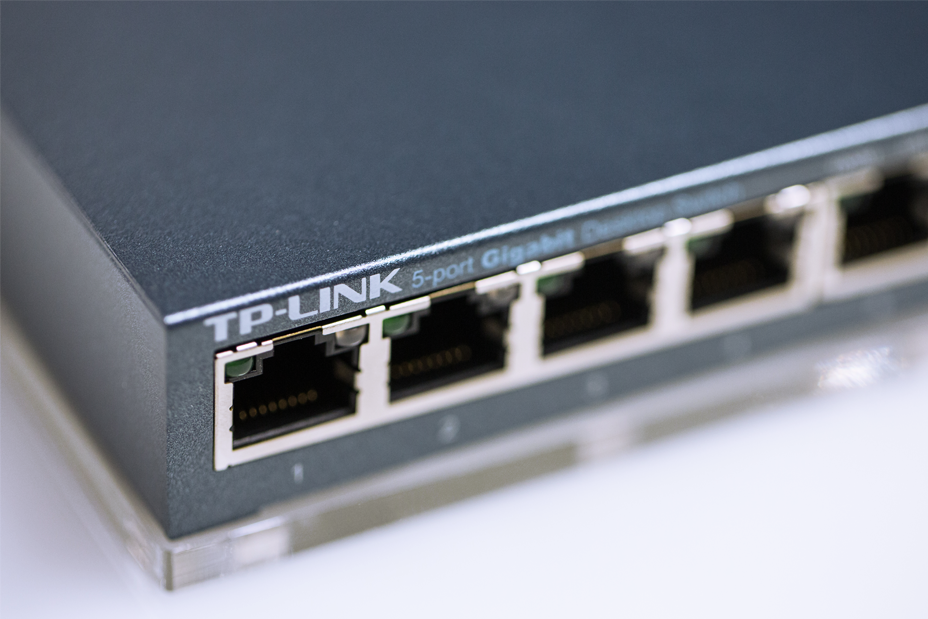
The “switch“ module serves as a coupling element. Several devices can be interconnected in star-topology (sub-) network. Possible devices: all from the area of microprocessors and automation calculators - expect for the Siemens S7 which requires the Siemens industrial router.
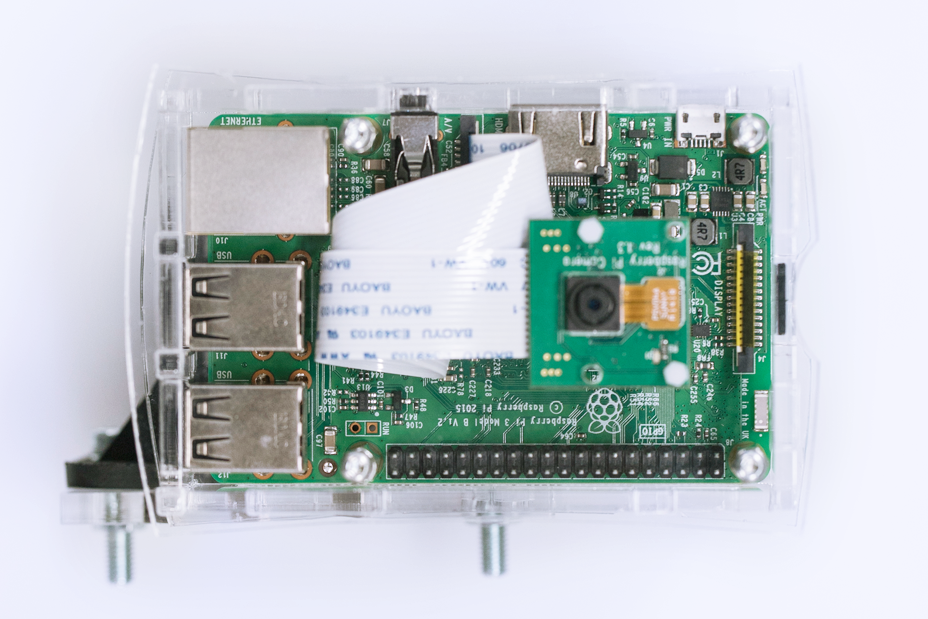
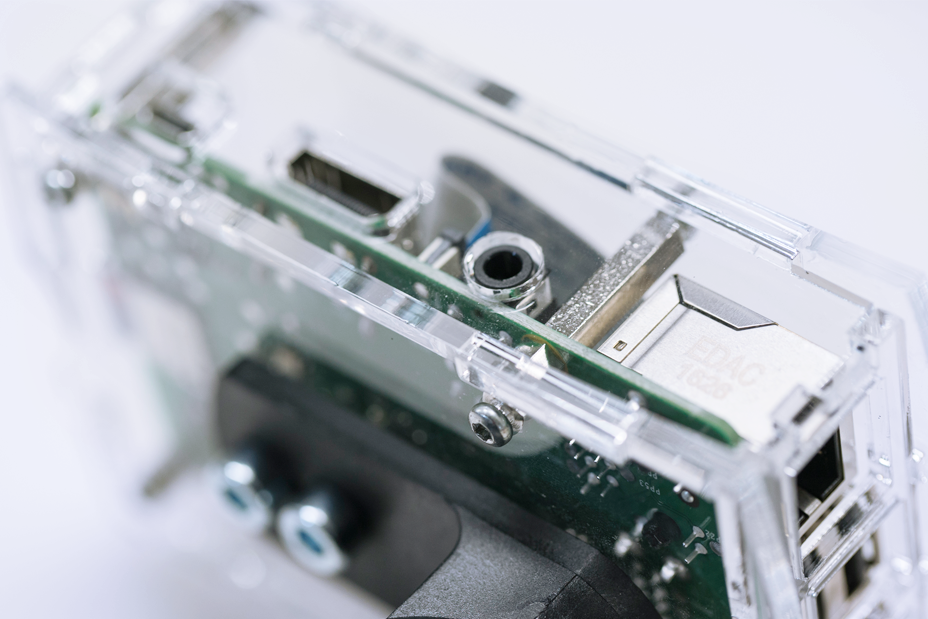
Swivelling USB camera - 5 megapixels based on a Raspberry Pi – is a single board computer in an acrylic glass housing.
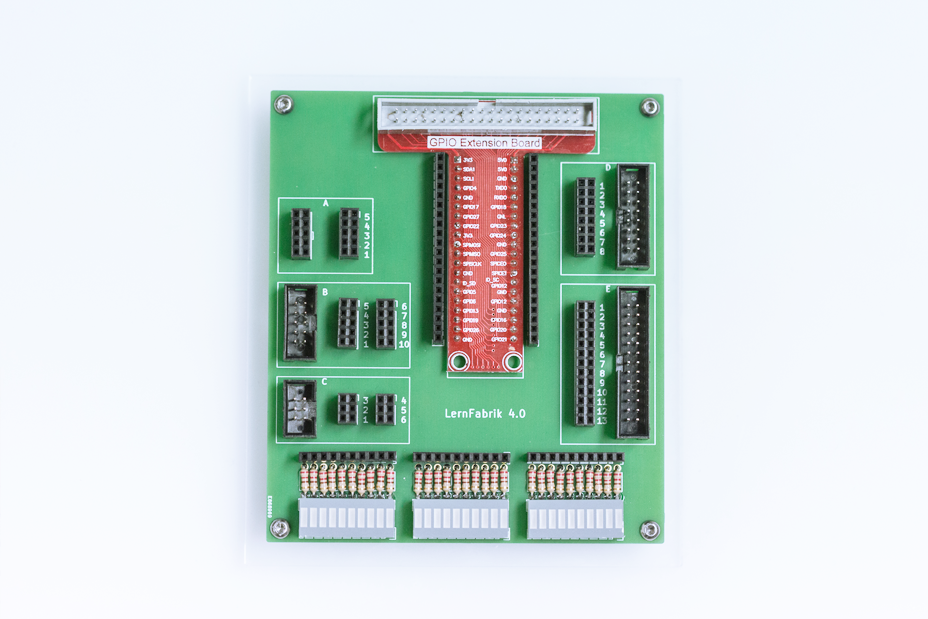
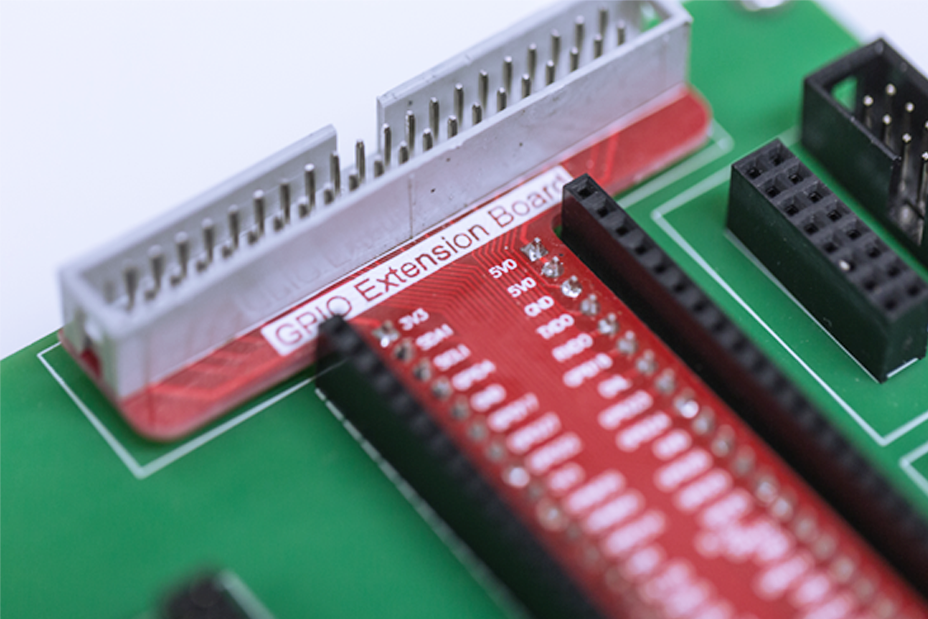
The “IO-expander“ module serves as an input and output board for the Raspberry Pi. The two modules are connected via a flat-ribbon cable. The board has three 10-segment LED displays and various pin connections.
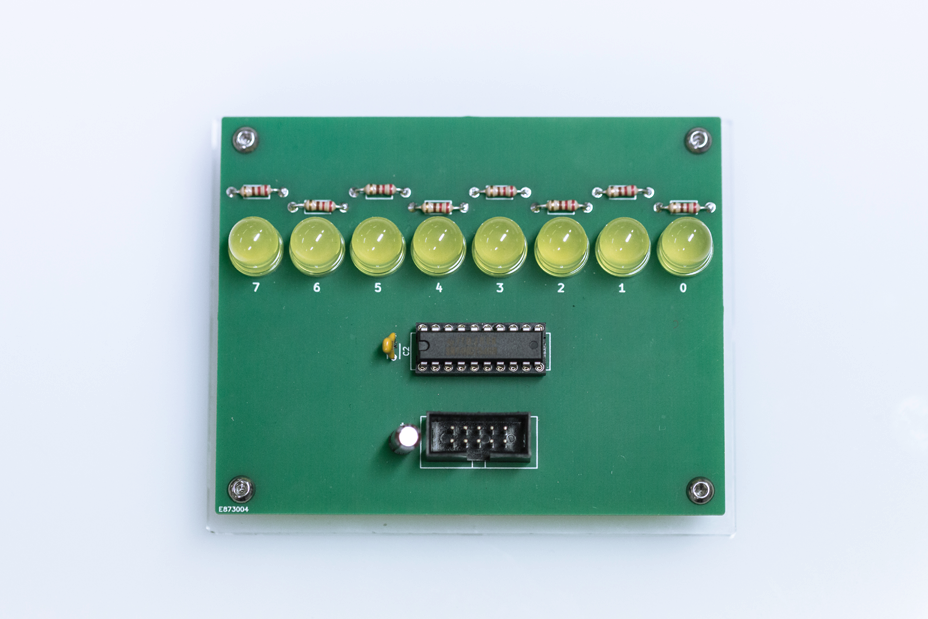
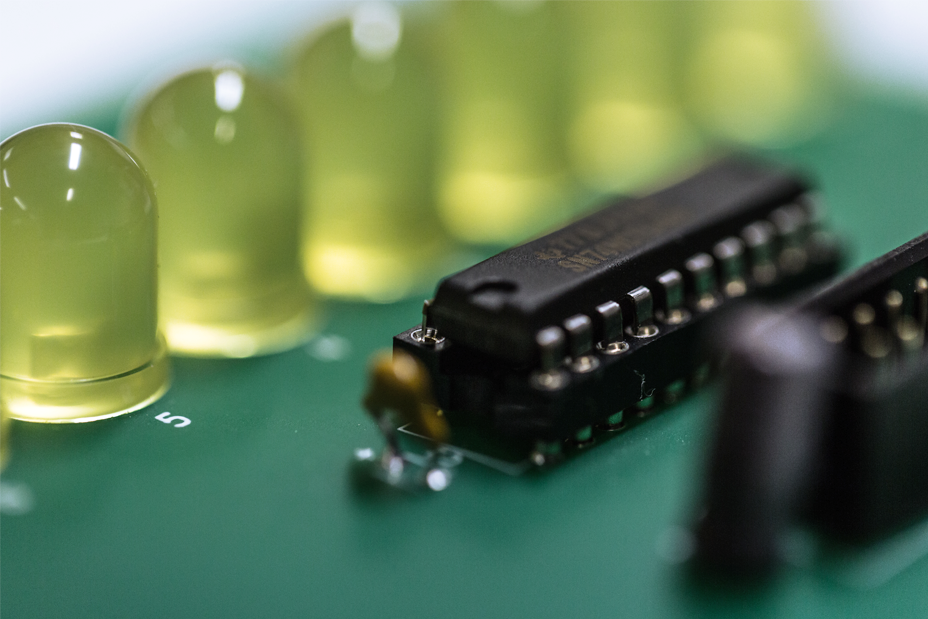
The LED board is equipped with 8 light-emitting diodes, which can be addressed independently. The module can be used as an output medium for other modules such as the Arduino Uno by a standardized box plug.
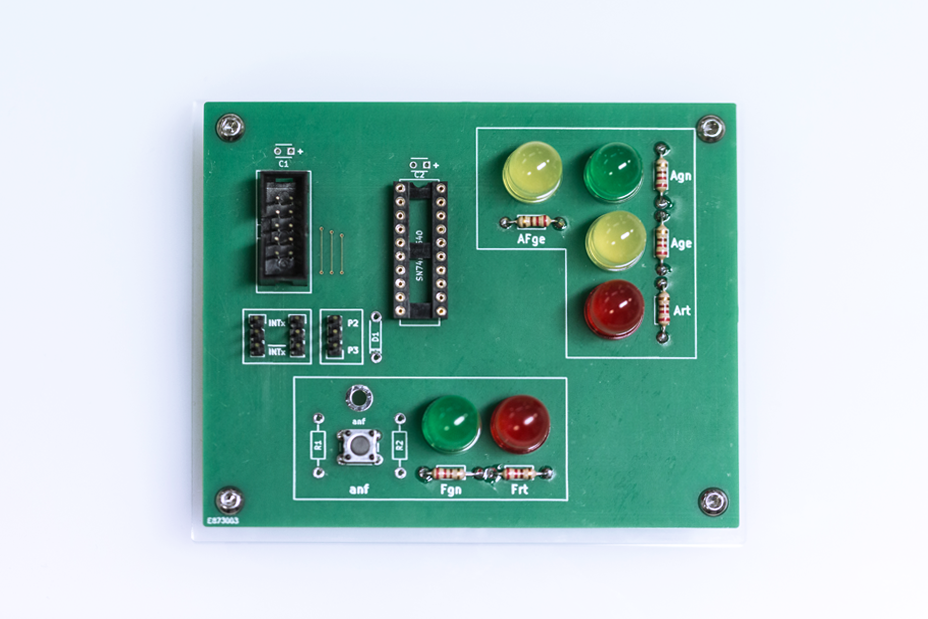
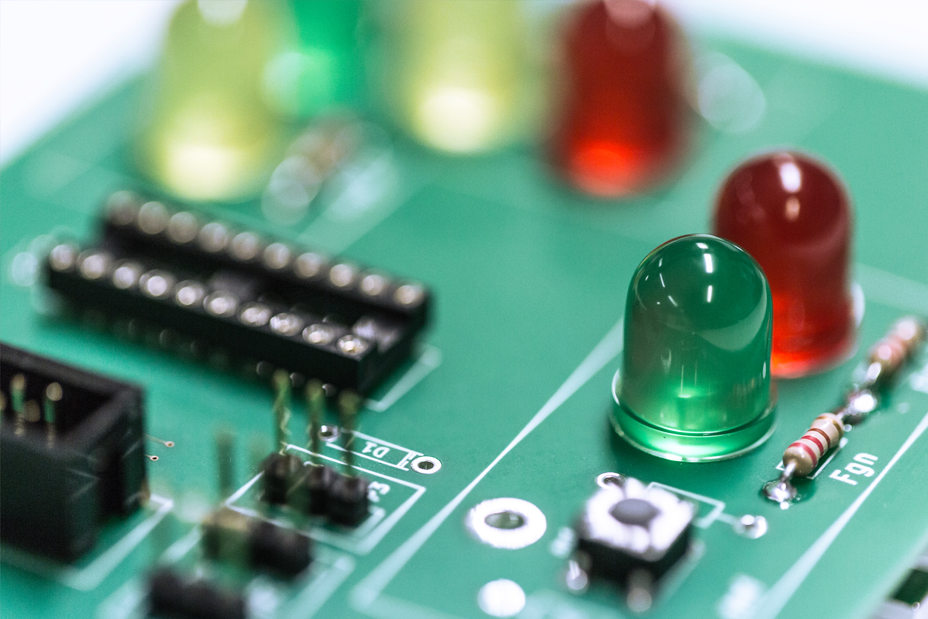
The traffic light board 01 represents a typical traffic scenario with traffic lights for pedestrian, cornering lights and push buttons. An intersection can be modelled by interconnecting several traffic lights. The modules are controlled by a standardized box plug.
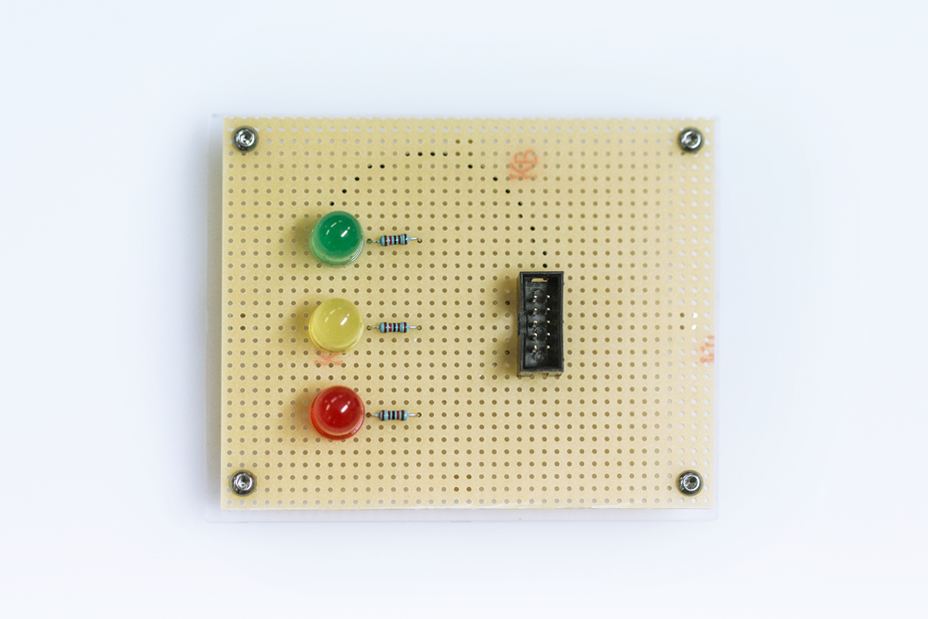
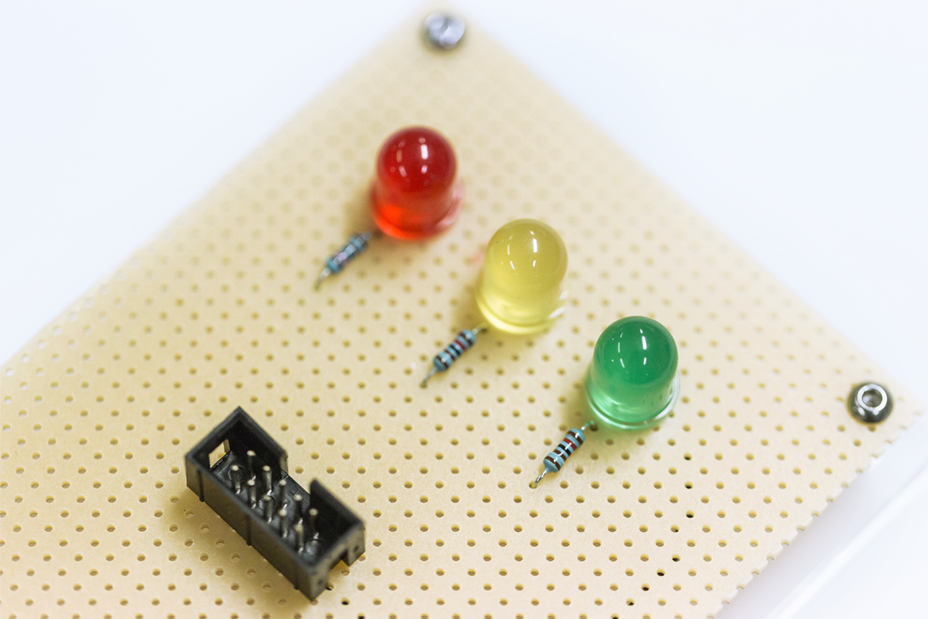
The traffic light board 02 represents a typical traffic scenario like traffic lights for pedestrian, cornering lights and push buttons. An intersection can be modelled by interconnecting several traffic lights. The modules are controlled by a standardized box plug.
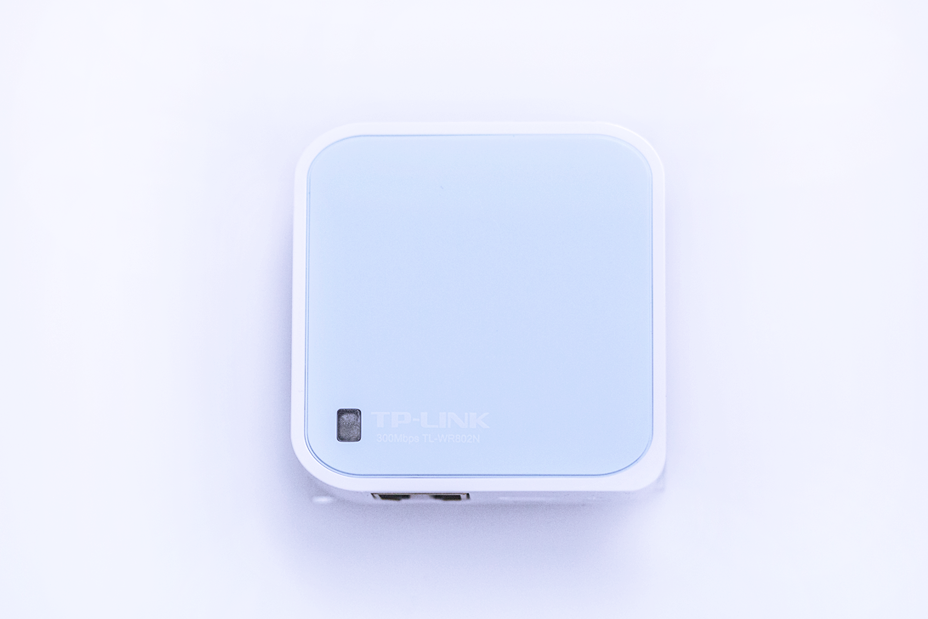
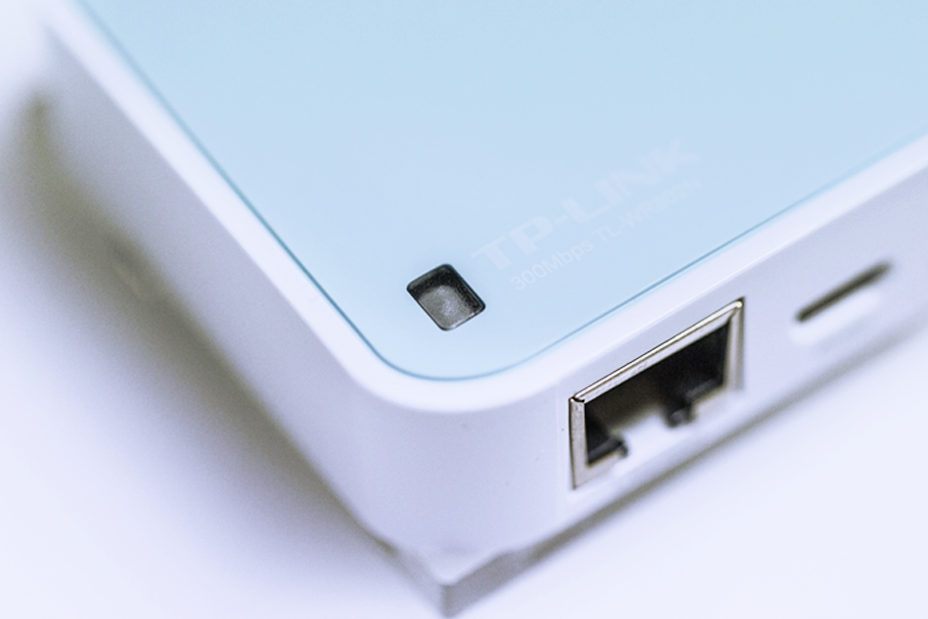
The “WLAN Router“ module can be operated in different modes. It is used for coupling several networks and is WLAN- and LAN-enabled. Therefore, it is possible to demonstrate access point, client, router, repeater and bridge modes. For the Siemens modules a separated Siemens industrial router is required.
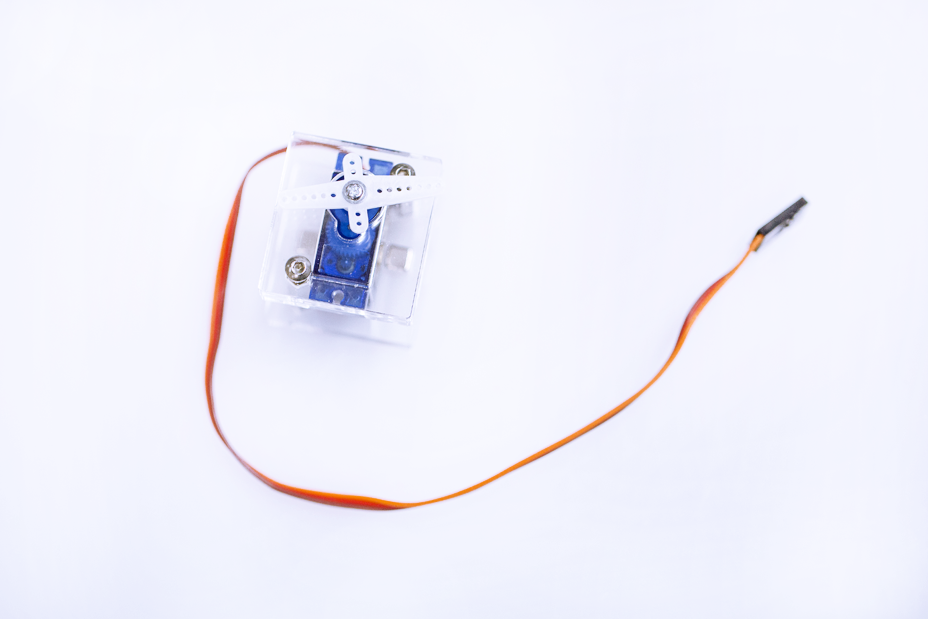
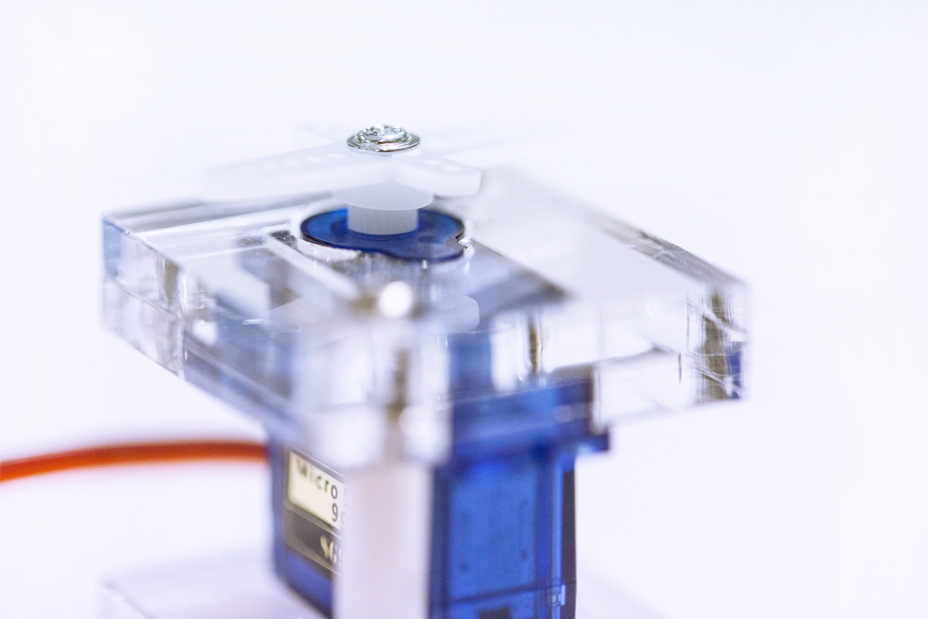
The “Servo” module consists of a standard servo-motor which can be used as an actuator for other modules.
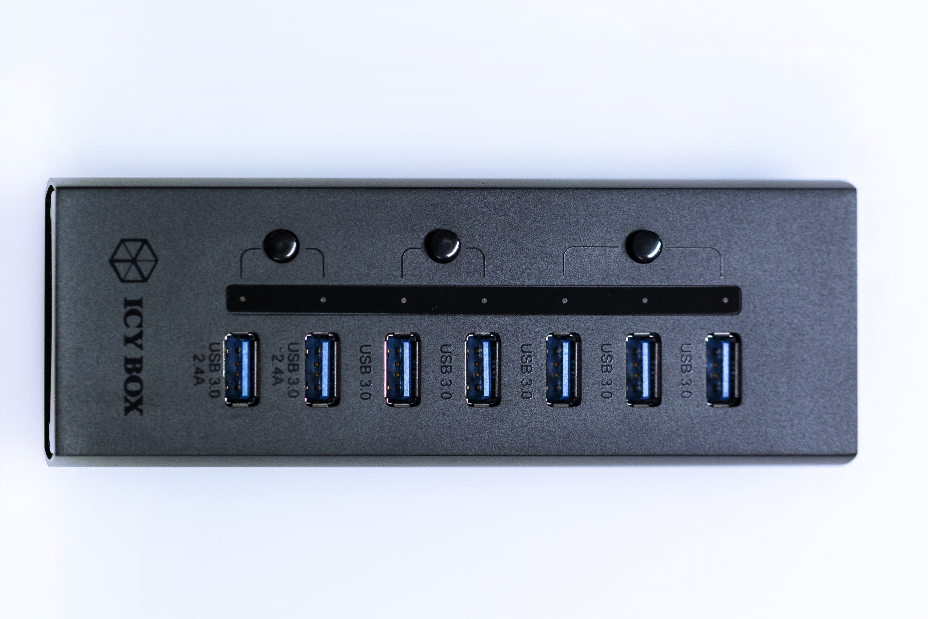
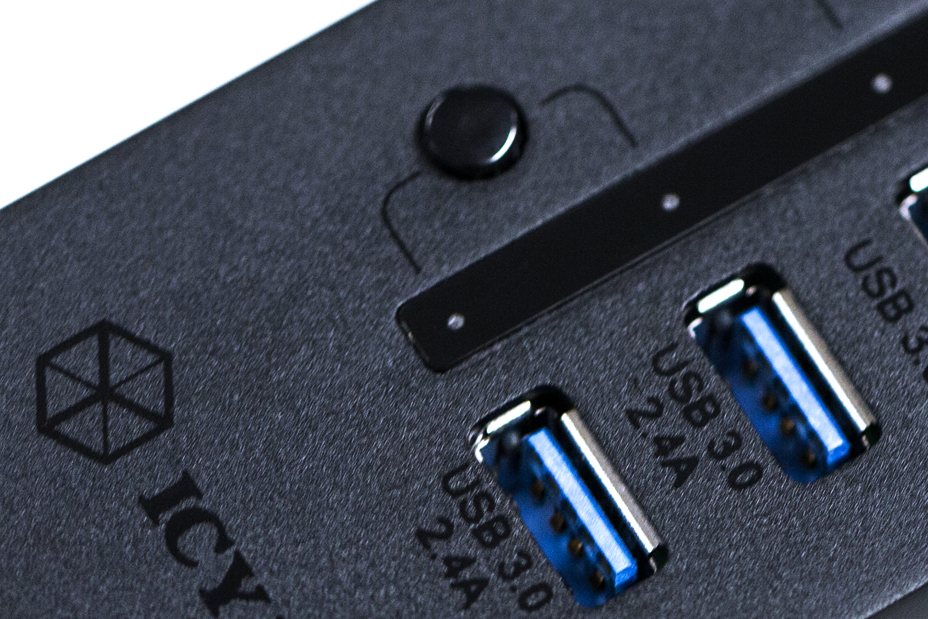
The “USB-Hub” module is used as power supply (5V) for all other modules. It also enables a communication link to the main computer to interact with the respective modules.
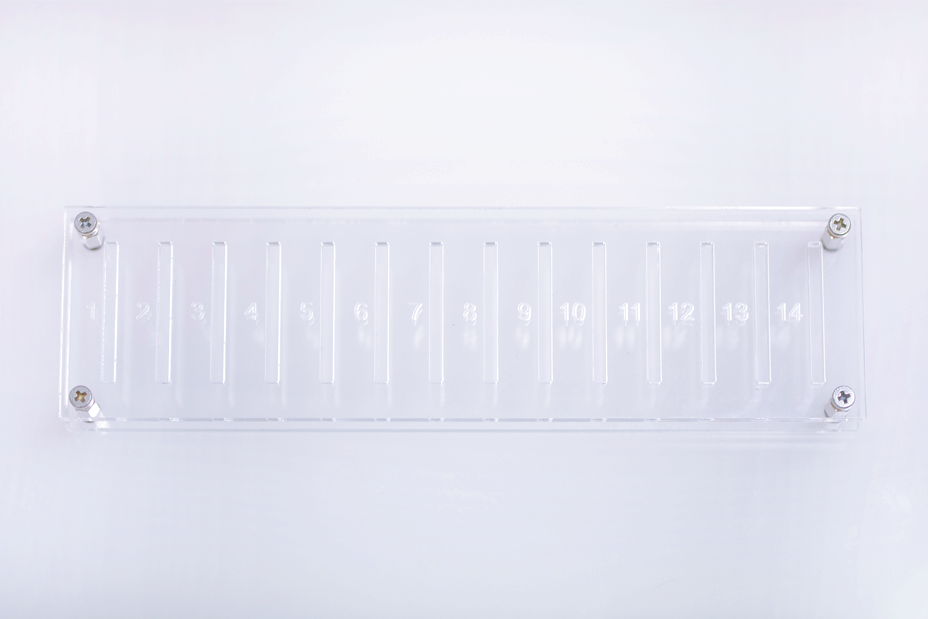
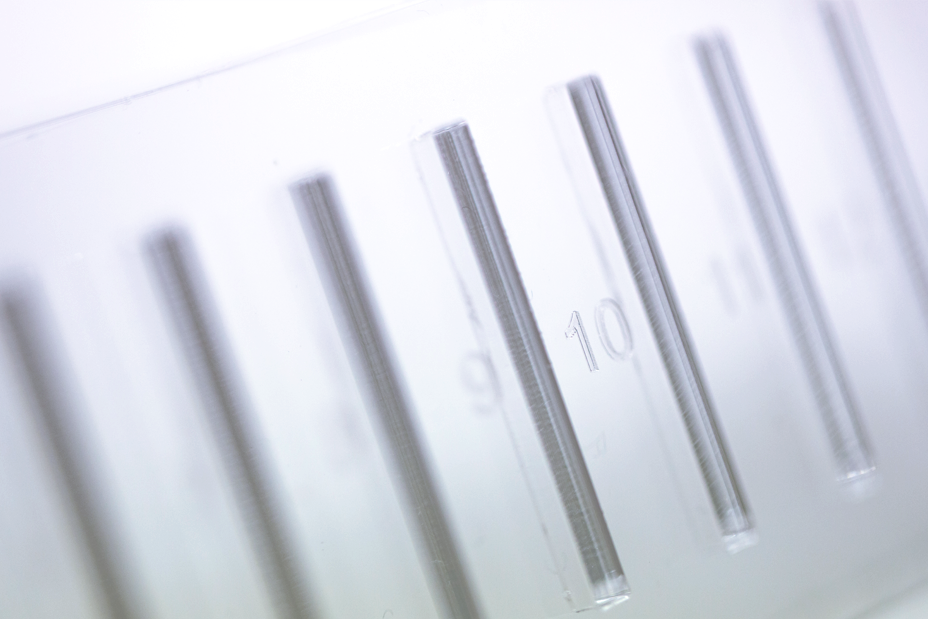
The card holder is an accessory which keeps SD card in storage after training on the edboard.


Customized modules can of course be created on request.
Theorie & Praxis
Aufbauzeit
Wissens-Transfer
Our Motivation
The edboard was designed for the playful and self-reinforcing motivated knowledge transfer of programming and networking tasks, which is aimed directly at the Industry 4.0 and digitization challenge. The edboard is designed for technical schools and teaching institutions of all kinds.

